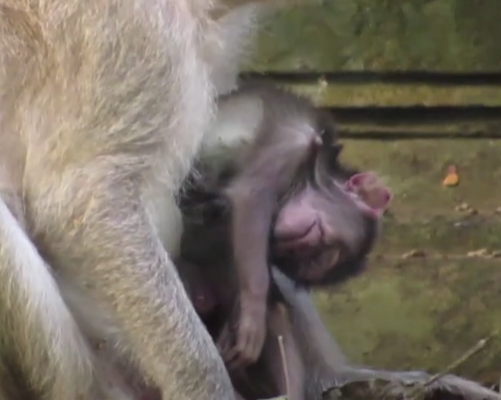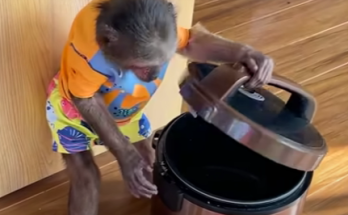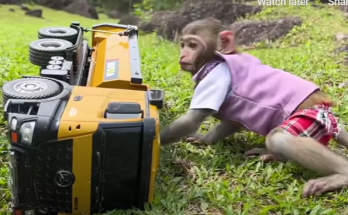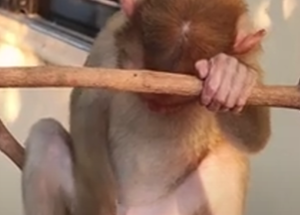**New Title:**
**”Tragic Incident: The Death of a Gentle Monkey in a Fall – Daily Monkey Oparu”**
—
**Detailed Article:**
In the vibrant world of wildlife observation, few stories evoke as much emotion and concern as the tragic death of a beloved monkey due to an accidental fall. Such incidents remind us of the fragile line between safety and danger that wild animals often navigate in their natural habitats or even in captivity. One recent event reported in the Daily Monkey Oparu highlights the heartbreaking demise of a gentle monkey after a fatal fall, drawing attention to animal safety and the importance of habitat preservation.
The monkey in question, known among local communities and wildlife enthusiasts as a kind and curious creature, was often seen exploring the lush trees and interacting peacefully with its environment. Its playful and friendly nature made it a favorite among visitors and locals alike. However, tragedy struck unexpectedly when the monkey slipped from a high branch or structure, resulting in a fatal fall. Such incidents, while rare, underscore the risks wild animals face daily due to environmental hazards, human activity, or accidents.
Wildlife experts emphasize that falls are among the leading causes of injury and death in arboreal animals like monkeys. Trees and elevated structures, while offering safety and vantage points, can also pose dangers, especially when branches are weak or when animals are startled or distracted. In this particular case, the circumstances surrounding the fall are still under investigation, but initial reports suggest that environmental factors—such as strong winds or a weakened tree branch—could have contributed. Human interference, whether accidental or intentional, is also a concern in some incidents involving wildlife.
The loss of such a gentle and social creature is deeply mourned by those who knew it or observed its behavior. Monkeys play a crucial role in their ecosystems—they help disperse seeds, control insect populations, and contribute to the overall health of their habitats. Their death not only affects the local biodiversity but also impacts the community that shares the space with these animals. Such tragedies serve as stark reminders of the importance of protecting wildlife habitats, ensuring safe environments, and respecting animals’ natural behaviors.
Conservationists advocate for increased awareness and measures to prevent similar incidents in the future. This includes maintaining healthy forests, monitoring potential hazards, and educating the public about the significance of safeguarding wildlife. Additionally, in places where humans and animals coexist closely, creating safe zones or barriers can help prevent accidental falls or injuries.
The story of this monkey’s unfortunate death is a call to action for greater conservation efforts and responsible interaction with wildlife. Every creature, no matter how small or seemingly insignificant, plays a vital role in the ecological balance. As observers and stewards of nature, it is our collective responsibility to ensure that such tragedies become less frequent and that animals can continue to thrive safely in their natural habitats.
In conclusion, while the death of this kind monkey was a tragic accident, it sparks necessary conversations about safety, habitat preservation, and our role in protecting the natural world. Let us honor its memory by advocating for safer environments and greater respect for all wildlife.
—
If you’d like, I can create a shorter summary or further customize the content.



